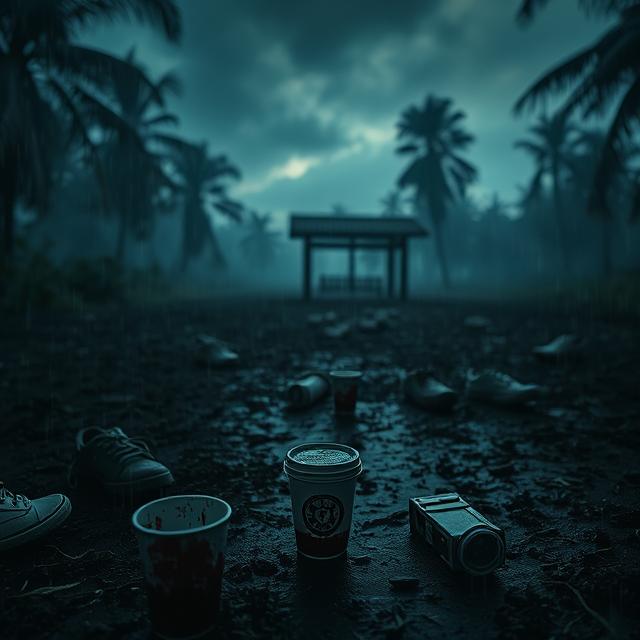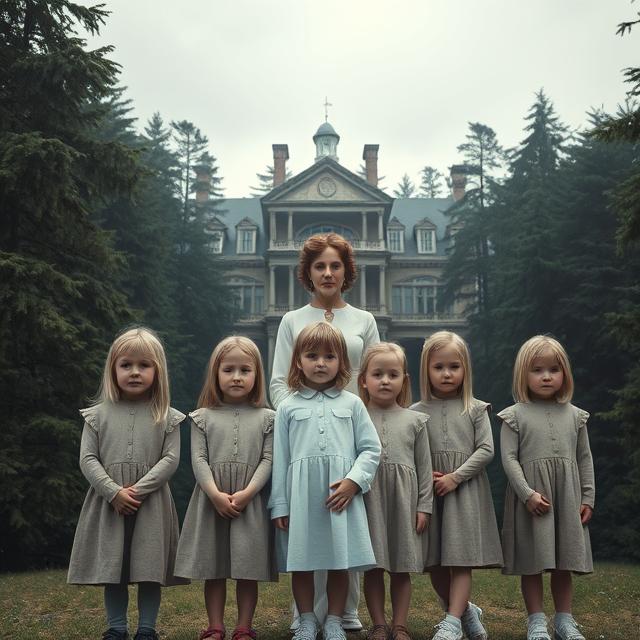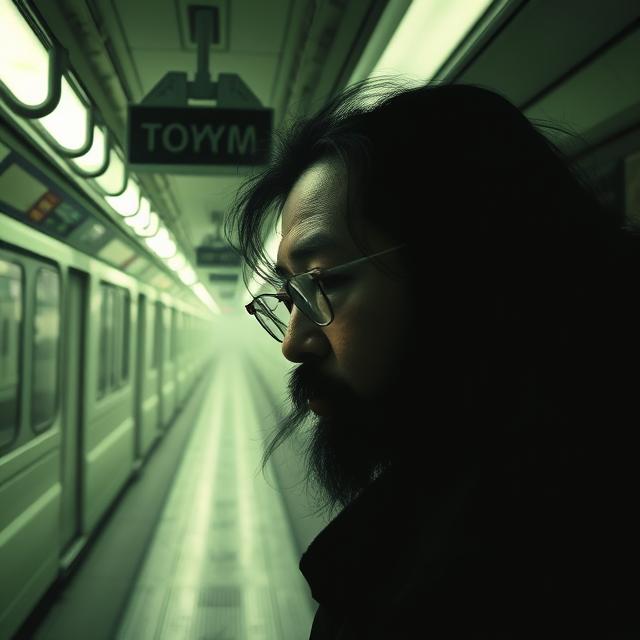On November 18, 1978, in the humid jungles of Guyana, over 900 people died in what remains the largest single loss of American civilian life in a deliberate act until 9/11.
They were not soldiers. They were not political prisoners. They were followers of a man who promised them paradise.
His name was Jim Jones.
What began as a progressive movement rooted in racial equality and communal living ended in one of the most horrifying cult tragedies in modern history. The Jonestown Massacre was not just mass suicide—it was orchestrated death led by a man who believed he was God.
This is the story of how salvation became slaughter.
The Rise of a Preacher
Jim Jones was born in 1931 in rural Indiana. From an early age, he was drawn to religion, power, and control. Charismatic and intense, he combined the fire of Southern preaching with a message of racial harmony and socialism.
In the 1950s, he founded the Peoples Temple, a religious movement that quickly gained traction. Jones preached integration, equality, and communal living—an appealing message in a deeply segregated America.
By the 1970s, the Peoples Temple had thousands of members. They opened churches in California, ran food banks and clinics, and were seen as a model of progressive faith.
But beneath the surface, something darker festered.
Control, Abuse, and Delusion
As Jones gained followers, he demanded absolute loyalty. Members were required to give up their money, homes, and even children. Families were separated. Confessions were coerced. Dissent was punished.
Jones began calling himself a prophet. Then a god. He staged healings, manipulated followers with fear, and kept them sleep-deprived and obedient. He preached that the world outside was evil, filled with racism, capitalism, and violence. Only the Temple could offer safety.
He also developed an addiction to drugs and became increasingly paranoid.
When journalists and defectors began to raise alarms, Jones made a move that would seal his legacy.
He took his people to the jungle.
Welcome to Jonestown
In 1977, Jones led hundreds of followers to Guyana, a small South American country, and founded a remote commune he named Jonestown.
Marketed as a socialist utopia, it quickly became a prison.
Armed guards patrolled the perimeter. Letters were censored. Families were watched. Food was scarce, and work was grueling. Jones broadcast long, rambling sermons over loudspeakers day and night, laced with threats and paranoia.
He warned of government invasion, nuclear war, and betrayal. He staged suicide rehearsals he called “White Nights,” conditioning followers to drink poison on command.
Jonestown became a pressure cooker of fear and fanaticism.
Then, the outside world came knocking.
The Final Visit
Concerned about reports from ex-members, U.S. Congressman Leo Ryan traveled to Jonestown in November 1978, accompanied by journalists and relatives of Temple members.
At first, they were welcomed. Smiles were rehearsed. Interviews were staged. But soon, some members passed notes to the visitors, begging for help.
On November 18, as Ryan prepared to leave with several defectors, his group was ambushed at the Port Kaituma airstrip. Jones’ gunmen opened fire.
Five people were killed, including Ryan.
Back at the commune, Jones knew the end had come.
The Massacre
That evening, Jones gathered his followers at the central pavilion. He announced that enemies would come for them. That death was preferable to slavery. That they were committing a revolutionary act.
He urged parents to give poison to their children first. Infants and toddlers were fed a drink laced with cyanide, Valium, and Flavor Aid. Then the adults drank.
Some refused. They were forced. Those who fled were hunted.
Jones gave his final sermon over the loudspeaker, his voice calm, almost hypnotic, as hundreds around him died in agony.
When Guyanese soldiers arrived, they found 918 bodies, including over 300 children. Jones himself was dead from a gunshot wound—likely self-inflicted.
The jungle was silent.
Aftermath and Legacy
The world was stunned. Photos of bloated corpses in rows horrified a generation. How could this happen? How could so many follow one man to death?
Survivors told stories of fear, control, and blind devotion. Others blamed the U.S. government, cult psychology, or religious extremism.
The term “drinking the Kool-Aid” entered the language, a grotesque shorthand for blind obedience.
But Jonestown was more than a punchline. It was a warning—of how ideology, isolation, and charisma can become a deadly cocktail.
Jim Jones did not begin as a monster. He began as a man with a message—unity, equality, hope.
But somewhere along the way, he became a god in his own mind, and a devil to everyone else.
His story is not just about religion. It’s about power. About how the need to believe can become a weapon. About how paradise, promised by the wrong person, can turn to hell.
In the heart of the jungle, over 900 voices were silenced. And at the center of it all stood a preacher with poison in one hand, and prophecy in the other.
For more cases like this, explore our archive. SinisterArchive.com—where the legends are real.




